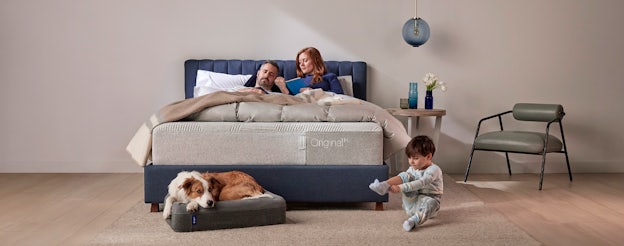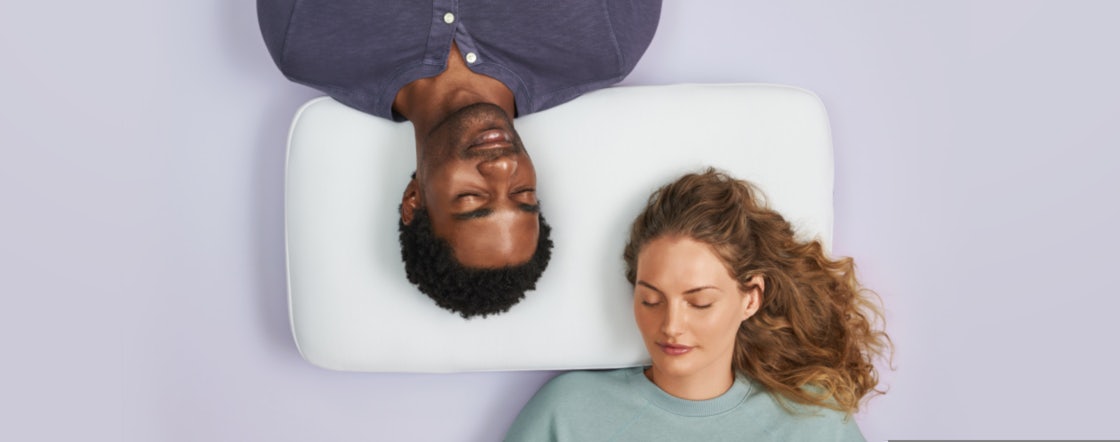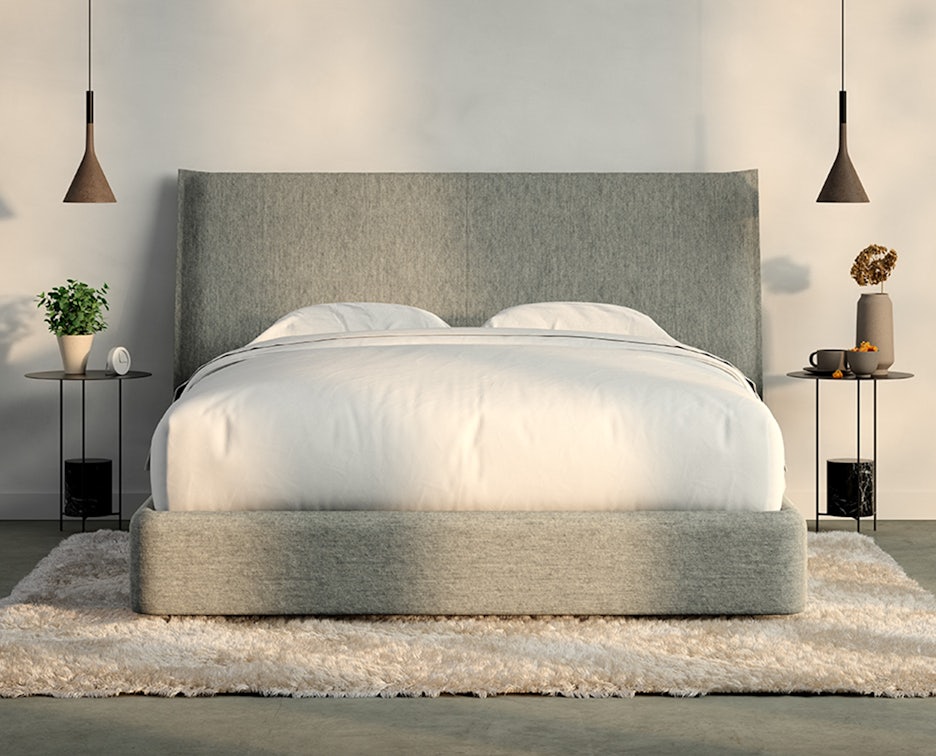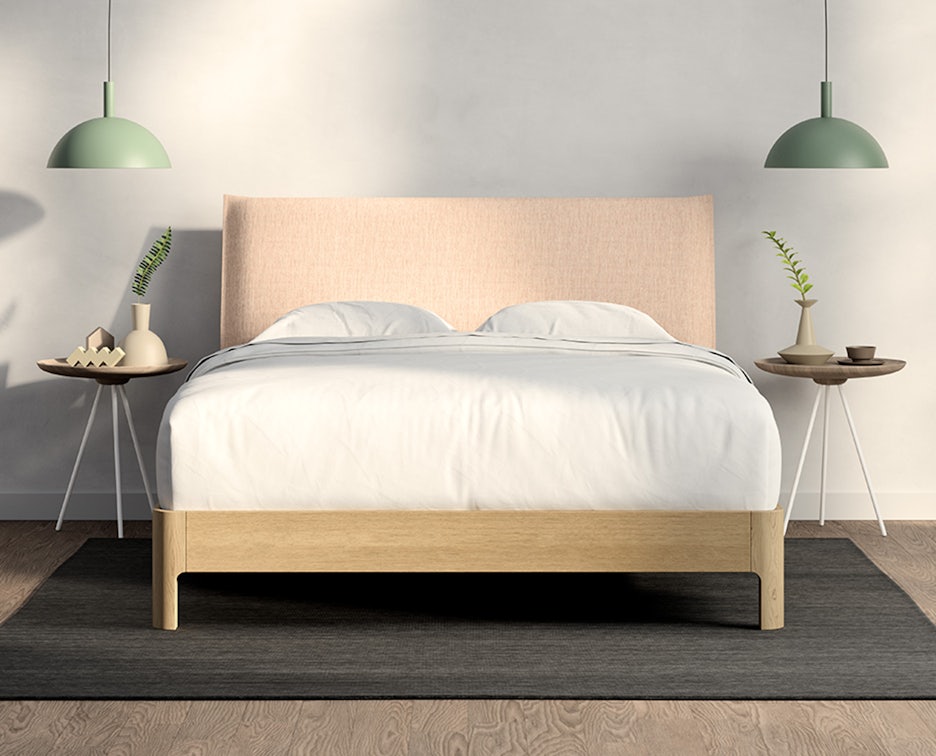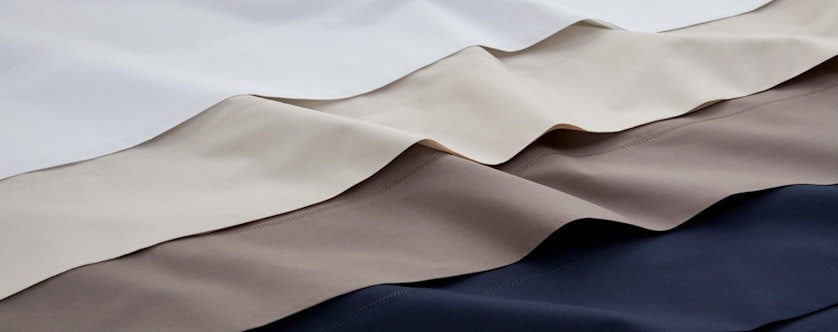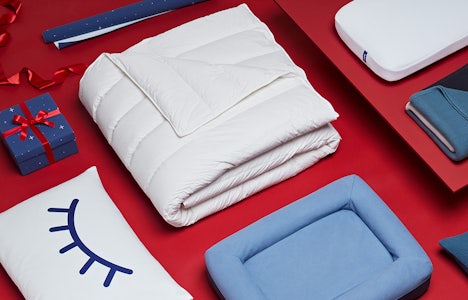Study: Does Sleeping Next to Someone Impact Your Sleep?
2/19/2020 | Casper Editorial Team

In our efforts to create the most comfortable night of sleep, it’s imperative we study the relationship between Casper sleep products, the humans snuggling on and under them, and the environment in the bedroom around them.
A colleague of ours, who we’ll identify as “Betty,” approached us and claimed that her boyfriend, “Freddy,” was a sweaty sleeper who was always stealing the sheets. She asked if we could help, and we said yes. We were already running similar tests with participants in California — measuring how temperature and humidity influence people’s sleep.
The Set-Up
First, we set up the experiment. Past research shows that each person, to a degree, sleeps in a microclimate that’s unique to them. One teammate had already designed custom sleep sensors that measure temperature and humidity, so we had Betty and Freddy wear a set of them.
We gathered a week’s worth of data on how they slept, and one of our data analysts looked for clues in the numbers. A picture of nightlife (the sleepy kind) came to life.

Temperature
We dug into temperature first. Even though Betty was certain Freddy slept hotter, we didn’t find a significant difference in temperature between the two. Over multiple nights, Freddy slept only a little warmer than Betty. The temperature of the air directly surrounding Freddy was an average of 93 degrees Fahrenheit. Betty’s was 91 degrees.
However, the humidity levels in the air around Freddy were very different. While the temperature was a couple of degrees different, Freddy put off A LOT more moisture, even though they both were wearing similar-weight pajamas.
The relative humidity around Freddy was an average of 57%, compared to Betty at 46%. His also fluctuated significantly throughout the night. Freddy’s standard deviation was +/- 10 percentage points during the night. Betty’s was +/- 3 percentage points. Here, it becomes hard to believe they’re sleeping in the same bed.
Sleep Environment
The two definitely impacted each other’s environment as well. Digging into the numbers, we saw significant spikes and dips in each person’s sleep environment that appear to be directly related to the other’s.
Here is an example of one night, below. The blue lines call out points where we believe Freddy “stole the covers” — and got more humid — while Betty lost them and got less humid.

Betty was super fascinated by the data. Here was final, compelling proof that Freddy was a sweaty sleeper (and a sheet-stealer), and it had an impact on her sleep. We’re sure Freddy enjoyed hearing all about it.
How Products Can Help
As designers and engineers, we’ve been incorporating our research in temperature, humidity, and comfort into the products we design.
A lot of sheets are really dense, so we engineered a sheet set that supports positive airflow. We designed a unique pillow that helps heads stay cool during the night and a mattress that doesn’t trap heat beneath the body.
Integrating our research into each product we create makes us proud to be part of a sleep company like Casper. Now we just need to get a full bed set to Betty and Freddy.
